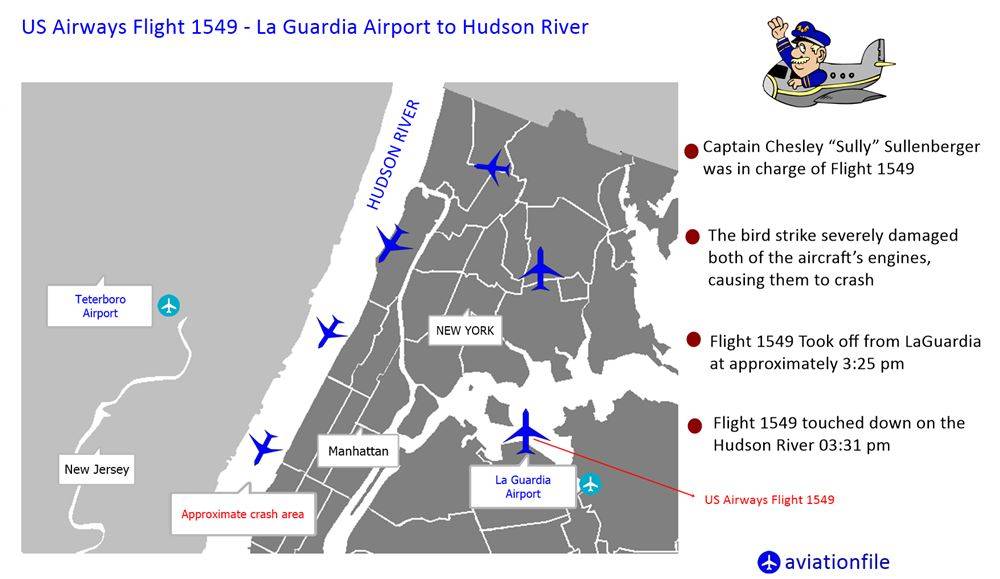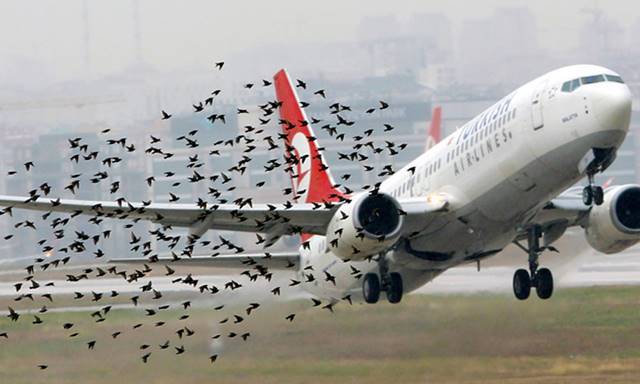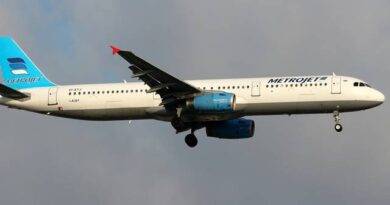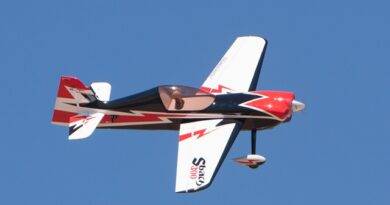Feathered Fury: Debunking Bird Strike Myths and Bolstering Aviation Safety
While airplanes seem invincible, a genuine threat lurks in the skies: bird strike. These collisions, though fortunately rare, can be catastrophic, impacting both aircraft and lives. Let’s dispel some common myths and explore how aviation actively tackles this challenge.
Myth: Bird strikes are extremely common.
Fact: While concerning, bird strikes occur less frequently than you might think. In the US, around 13,889 strikes were reported in 2022, representing an encounter rate of roughly once every 11,500 departures. Though a significant number, it’s crucial to maintain perspective on the immense volume of safe flights.
Myth: Only large birds pose a threat.
Fact: Even a seemingly harmless songbird can cause significant damage, especially when ingested by an engine. The infamous “Miracle on the Hudson” incident, where US Airways Flight 1549 landed in the Hudson River, involved a collision with a flock of Canada geese, highlighting the potential danger of even smaller birds.
Myth: Nothing can be done to prevent bird strikes.
Fact: A multi-pronged approach effectively mitigates bird strike risks. Airports implement various strategies like habitat management, pyrotechnics, and even trained birds of prey to deter birds. Additionally, aircraft are designed with bird-resistant features like stronger windshields and engine inlets to minimize damage in case of unavoidable encounters.
US Airways Flight 1549
The consequences of bird strikes can be severe. In 2009, a US Airways flight taking off from New York’s LaGuardia airport collided with a flock of geese, resulting in engine failure and a forced water landing on the Hudson River. Fortunately, all 155 passengers and crew survived, but the incident serves as a reminder of the potential danger of bird strikes.

Soaring Towards a Safer Future:
- Continuous Research: Studying bird migration patterns and developing advanced detection systems like radar and thermal imaging remain crucial for further improvements.
- Collaborative Effort: Airlines, airports, and wildlife authorities work together to share data, implement best practices, and develop new mitigation strategies.
- Pilot Expertise: Highly trained pilots remain a vital line of defense. They are skilled at avoiding flocks, reacting swiftly to strikes, and prioritizing safe landings.
References and Further Reading:
- Federal Aviation Administration (FAA): https://www.faa.gov/airports/airport_safety/wildlife
- International Civil Aviation Organization (ICAO): https://www.icao.int/Meetings/a41/Documents/WP/wp_248_en.pdf
- Transport Canada (TC): https://tc.canada.ca/en/aviation/publications/airport-wildlife-management-bulletins-tp-8240/airport-wildlife-management-bulletin-tp-8240-no-38/airport-wildlife-management-bulletin-tp-8240-no-38-appendix-b
- European Union Aviation Safety Agency (EASA): https://www.easa.europa.eu/community/system/files/2021-04/Bird%20and%20Wildlife%20Control%20Guide%20v1.3.pdf



